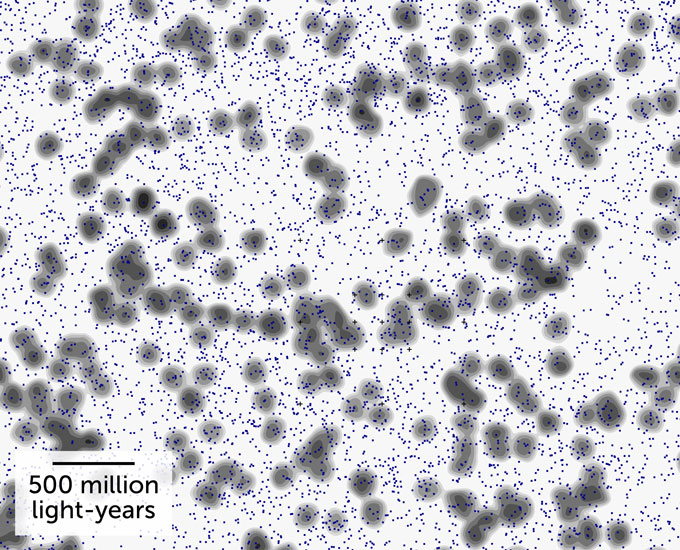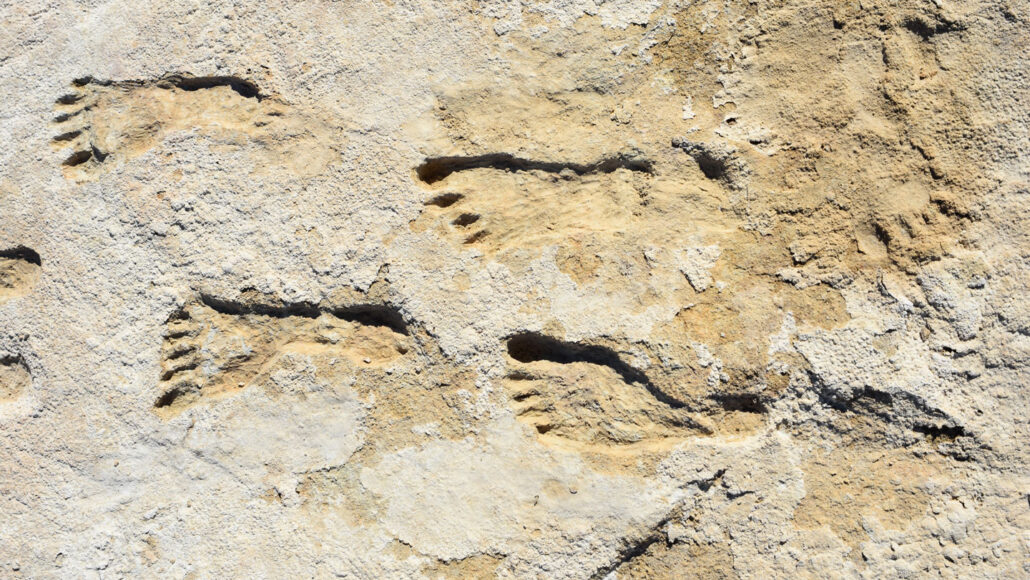These discoveries from 2021, if true, could shake up science
Discoveries in 2021 dared the world to consider grand possibilities in physics, space and the origins of life. Will these bold claims hold up to scrutiny?
Antistarry night
Scientists may have spotted stars made of antimatter (SN: 6/5/21, p. 8). Finding antistars challenges a basic tenet of cosmology — that the vast majority of the universe’s antimatter, matter’s oppositely charged doppelgänger, was destroyed long ago. In 10 years of observations from the Fermi Gamma-ray Space Telescope, researchers found 14 points of light emitting gamma rays at energies that are expected when matter and antimatter meet and annihilate each other — a process that could happen on the surface of antistars. The discovery hints that substantial amounts of antimatter may have survived. But proving the existence of antistars will be extremely difficult because, aside from the studied gamma rays, the light such stars give off would look just like the light from normal stars.
Misbehaving muons
Nothing gets physicists more excited than evidence of a new fundamental particle. Researchers with the Muon g–2 experiment at Fermilab in Batavia, Ill., flung billions of muons around the lab’s giant magnet and found that the rate at which the orientation of the muons’ magnetic poles wobbled strayed from theoretical predictions. The odd behavior suggests that hidden particles are influencing the muons’ magnetic properties, challenging the standard model of particle physics describing the universe’s fundamental forces and elementary particles (SN: 5/8/21 & 5/21/21, p. 6). But it will take more data to convince physicists, who are still refining their predictions of muon behavior.

Cosmic curve ball
In other news that may upend our understanding of the cosmos, scientists detected a giant arc of galaxies stretching across more than 3 billion light-years. Such a finding is counter to the assumption that matter in the universe is evenly distributed on large scales (SN: 7/3/21 & 7/17/21, p. 9). The arc, invisible to the human eye, came to light in an analysis of about 40,000 quasars — very bright cores of distant galaxies. But some skeptics argue that the arc may be just an artifact of the human tendency to pick up patterns where none actually exist.

Early arrival
This year brought new evidence that humans arrived in the Americas more than 15,000 years earlier than traditionally thought, throwing support behind last year’s claim that humans reached North America by about 33,000 years ago (SN: 12/19/20 & 1/2/21, p. 35). In May, researchers reported that animal bones excavated at a cave in Mexico date to between about 33,000 and 28,000 years ago (SN: 7/3/21 & 7/17/21, p. 16). Chipped and sharp-edged stones that may have functioned as tools were found near the bones, hinting that humans had been in the area. And the discovery of fossilized human footprints suggests people roamed what’s now New Mexico around 23,000 to 21,000 years ago (SN: 11/6/21, p. 12). If the tracks’ age is verified, it would show that humans were in North America during the pinnacle of the last ice age.

Oldest animal fossils?
Tiny tubes found in 890-million-year old rocks might be remnants of sea sponges. If that claim holds up, the tubes would push animal origins back by about 350 million years to an oxygen-poor period considered unsuitable for animal life (SN: 8/28/21, p. 6). But some researchers aren’t convinced that the fossils are sea sponges. Skeptics point to the lack of mineralized skeletal parts, known as spicules, that are typical features of sea sponges, and the fact that many nonanimal organisms can make similar tubes.

Extragalactic planet
Astronomers may have detected the first known planet outside of the Milky Way, in a galaxy about 28 million light-years from Earth (SN: 11/20/21, p. 7). Traditional exoplanet-hunting techniques don’t work well for such distances, so researchers looked to a type of paired star system known as an X-ray binary, which emits bright X-rays. A planet crossing, or transiting, in front of such a system would temporarily block those X-rays, alerting astronomers to the planet’s presence. Some scientists are skeptical because the discovery relied, metaphorically, on many stars to align: The planet needed to transit the X-ray binary while its orbit was perfectly in line with Earth’s point of view, just when a telescope was looking.

For all the latest Technology News Click Here
For the latest news and updates, follow us on Google News.
